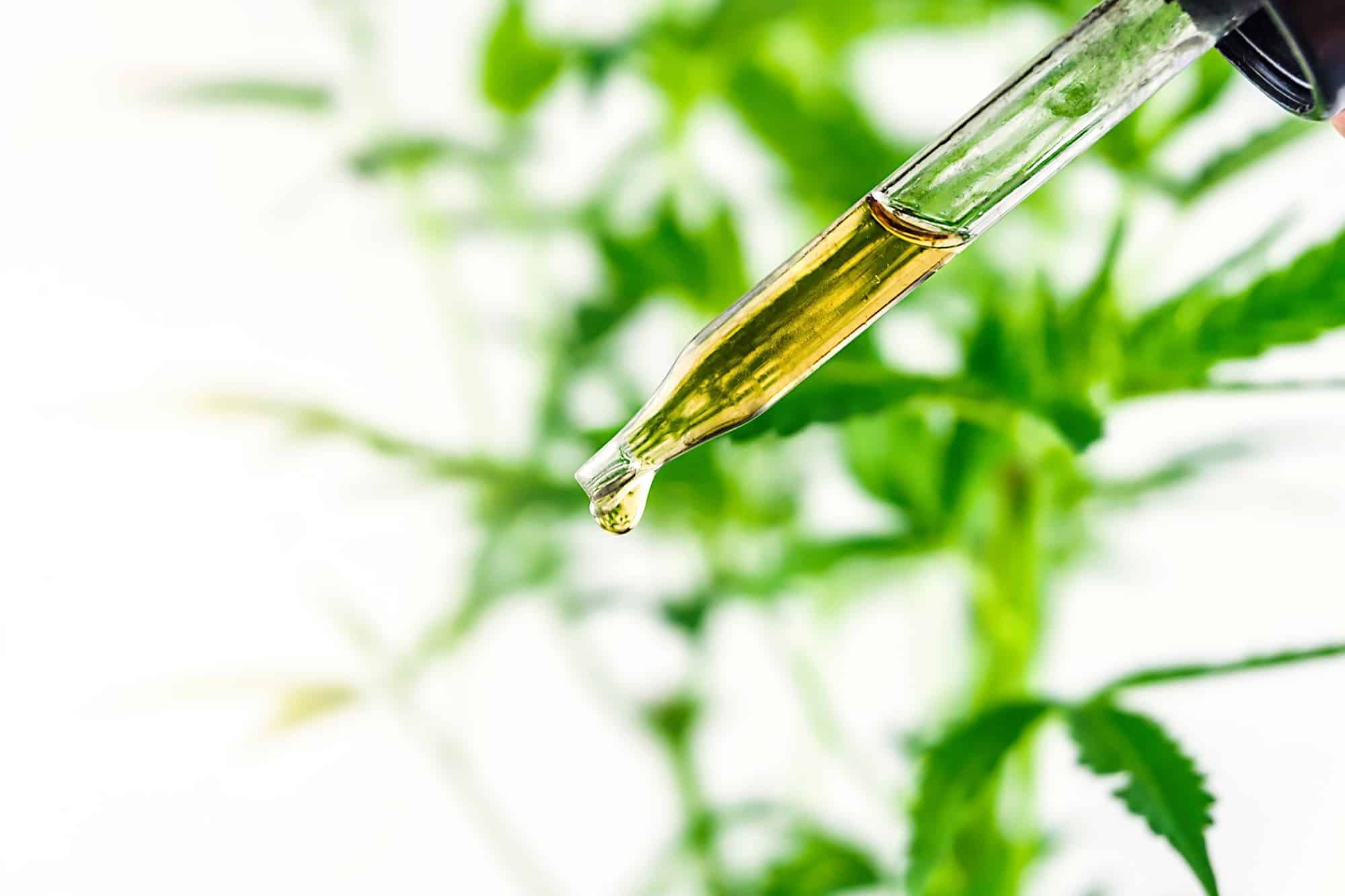Full Spectrum, Broad Spectrum and CBD Isolat: What’s the difference?

There are three main types of CBD based on their cannabinoid spectrum: CBD Full Spectrum, Broad Spectrum and CBD Isolate. Understanding these distinctions is key to knowing which compounds are present in the CBD oil you choose. Each type offers specific characteristics, tailored to different preferences and needs. These classifications reflect the various natural compounds that accompany CBD and may contribute to its effects. When raw hemp is extracted, the cannabinoids, terpenes and flavonoids are isolated before being incorporated into a carrier oil. However, the final composition often depends on the variety of cannabis used initially.
The way manufacturers process extracted cannabinoids determines whether the final product will be classified as Full Spectrum, Broad Spectrum or CBD Isolat. Here's what each of these terms entails:
- CBD Full Spectrum: This type of CBD contains all the compounds naturally present in the cannabis plant, including traces of THC. Regulation-compliant products generally contain less than 0.2% THC. In countries where cannabis is fully legal, full-spectrum versions with a higher THC content may also be available.
- CBD Broad Spectrum: This type contains no THC, but includes other plant-derived components, such as terpenes and other cannabinoids. It is therefore an intermediate solution that is not composed exclusively of CBD.
- CBD isolate: Isolate is the purest form of CBD. It contains no other compounds extracted from the plant, only CBD.
How is CBD extracted and classified?
To produce a CBD extract, cannabinoids are isolated from the cannabis plant using techniques such as CO2 extraction. This process also recovers other compounds, such as terpenes flavonoids and various cannabinoids.
The chemical composition of the extract depends on the variety used. For example, hemp (a variety of Cannabis Sativa) is naturally low in THC, while some varieties like Pennywise (Indica) offer a balanced ratio of CBD and THC (1:1).
Manufacturers then select the strain best suited to the product's objectives. Once extraction is complete, they can refine the mixture to isolate specific components or maintain a fuller spectrum of compounds.
It's this level of refinement that determines whether the extract is classified as Full Spectrum, Broad Spectrum or CBD Isolat. Let's review these classifications to better understand which one would suit you best.
What is CBD Full Spectrum?
CBD Full Spectrum contains all the natural compounds found in Cannabis sativa, including cannabidiol (CBD), terpenes, essential oils and other cannabinoids, including traces of THC. However, THC levels generally remain below 0.2%, in line with legal standards.
Although the amount of THC is very low, regular, high-dose consumption of Full Spectrum CBD could lead to a false-positive result on a drug test. That said, these traces of THC are insufficient to cause psychoactive effects.
One of the major assets of CBD Full Spectrum lies in the interaction of the various compounds extracted. Working together, these elements create a phenomenon known as theentourage effectwhich optimizes the effects of the individual cannabinoids.
What is the entourage effect?
The entourage effect describes the synergy between the various compounds present in cannabis, which work together to maximize the effects of hemp. In a full-spectrum extract, we find not only CBD, but also other cannabinoids such as :
- CBN (Cannabinol): Produced from oxidized THC, it is often associated with relaxing effects.
- CBG (Cannabigerol): Non-intoxicating, it is derived from cannabigerolic acid after decarboxylation and is known for its anti-inflammatory properties.
- CBDV (Cannabidivarin): Similar to CBD, this minor cannabinoid is still little studied.
- CBDA (Cannabidiolic Acid): Present in raw cannabis, it is recognized for its anti-inflammatory properties.
- CBC (Cannabichromene): Originating from plants in tropical regions, it is appreciated for a variety of complementary effects.
A 2015 study highlighted the benefits of full-spectrum CBD. Researchers observed that this type of extract offers optimized effects, even at high doses, thanks to all the compounds present in the hemp plant. This interaction between cannabinoids, terpenes and other elements contributes to the product's effectiveness, underlining the importance of the entourage effect.
What is CBD isolate?
CBD isolate is the purest form of cannabidiol, isolated from all other plant compounds. During the extraction process, terpenes, flavonoids, other cannabinoids and plant parts are removed, leaving only CBD. Isolate is generally extracted from hemp because of its low THC content.
What is broad-spectrum CBD?
Broad-spectrum CBD combines some of the advantages of full-spectrum and isolate. It retains many of cannabis' natural compounds, such as cannabinoids and terpenes, while totally excluding THC. Thanks to this composition, Broad Spectrum CBD lets you enjoy the entourage effect without the effects associated with THC.
What type of CBD should you use?
The choice between full-spectrum, broad-spectrum or isolate CBD depends on your personal needs. None of these types is inherently better than the others; each offers different benefits depending on each user's preferences and goals. For example, those seeking the full entourage effect will probably choose full-spectrum CBD, while those who want to avoid THC while benefiting from other cannabinoids will opt for broad-spectrum CBD. If CBD purity is the priority, CBD isolate could be the ideal choice. Ultimately, the type of CBD that's right for you depends on your specific needs.






